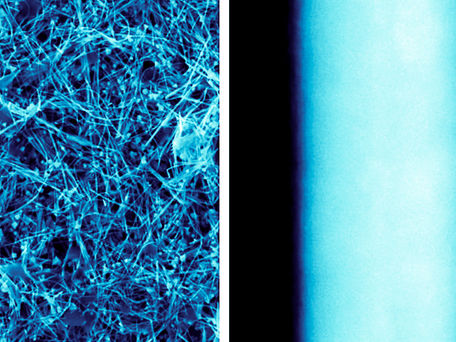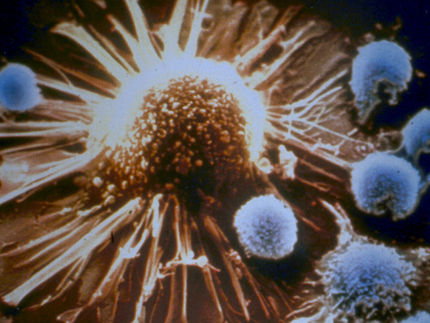New cancer immunotherapy approach combines tumor fighting power with fewer side effects
basic research into the dual nature of certain immune system cells has set the stage for a new approach to cancer immunotherapy that avoids some of the shortcomings associated with other methods, scientists at Dana-Farber Cancer Institute report in a new study in the Proceedings of the National Academy of Sciences.
The new approach incites an immune system attack on tumors by changing the very identity of key immune system cells dispersed throughout the tumor. These cells, known as T regulatory (Treg) cells, ordinarily prevent their more combative cousins, known as T effector (or Teff) cells, from attacking the tumor. The researchers showed that eliminating a key protein in Tregs makes the Tregs so unstable that they become Teffs and join in the destruction of the tumor.
Critically, the study authors show that conversion from Treg to Teff occurs only in the inflammatory conditions that prevail within many tumors. As a result, Tregs embedded in normal tissue throughout the body continue to have a restraining effect on their local Teffs, protecting healthy organs and tissues from attack. This raises the prospect of therapies that concentrate the immune system's firepower on tumors without producing residual damage and harmful side effects.
"Many current approaches to immunotherapy involve depleting or blocking Tregs in order to shift the balance toward Teff cells," said Harvey Cantor, MD, the Baruj Benacerraf Professor in the department of Cancer Immunology and Virology at Dana-Farber, who helped lead the study. "This, however, runs the risk of triggering an autoimmune response in which the Teff cells attack normal as well as malignant tissue. The key to our approach is that it singles out the Tregs inside a tumor for conversion, leaving Tregs elsewhere in the body unchanged."
The study builds on previous research by Cantor, senior author Hye-Jung Kim, PhD, a lead scientist also in the department of Cancer Immunology and Virology at Dana-Farber, and colleagues. In a study published last year in Science, they reported that Tregs maintain their immune-suppressive properties under inflammatory conditions as long as they have high-enough levels of a protein called Helios. Depriving them of sufficient Helios caused them to lose that stability and turn into Teff cells.
The new study explored whether this convertibility could be harnessed for therapeutic purposes in cancer.
The first set of experiments involved mice engineered to lack Helios in their Treg cells. When the animals were injected with melanoma or colon cancer cells, they developed tumors far more slowly than did animals with normal Treg cells. "Inspection of the animals' tumor tissue showed an unstable set of T regulatory cells, many of which had converted into Teffs," Kim remarked.
The investigators then explored whether stanching Helios production in tumor-dwelling Tregs could have the same effect. They tested several antibodies that bind to key receptors on Tregs and cause a downturn in Helios production. They chose one that worked well and tested it in mice with Treg-laden tumors. When they analyzed the tumor tissue, it was clear the antibody had triggered conversion of Tregs to Teffs.
"This represents a next stage in cancer immunotherapy," Cantor remarked. "We now have a very specific, targeted way of inducing a T effector cell attack on cancer while lowering the risk of adverse effects on healthy tissue. The next step will be to organize a clinical trial using this approach in patients."
Most read news
Organizations
Other news from the department science

Get the life science industry in your inbox
By submitting this form you agree that LUMITOS AG will send you the newsletter(s) selected above by email. Your data will not be passed on to third parties. Your data will be stored and processed in accordance with our data protection regulations. LUMITOS may contact you by email for the purpose of advertising or market and opinion surveys. You can revoke your consent at any time without giving reasons to LUMITOS AG, Ernst-Augustin-Str. 2, 12489 Berlin, Germany or by e-mail at revoke@lumitos.com with effect for the future. In addition, each email contains a link to unsubscribe from the corresponding newsletter.
Most read news
More news from our other portals
Last viewed contents
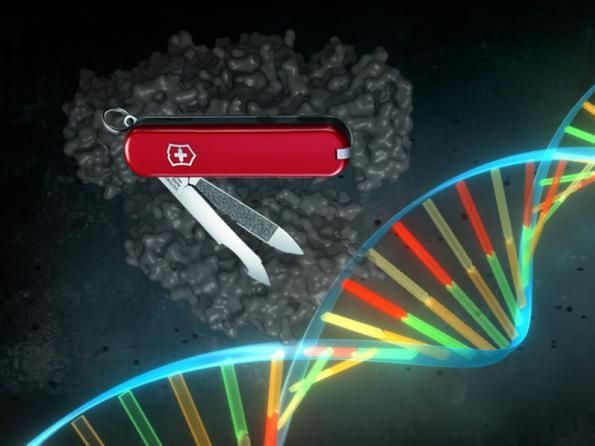
Searching for the CRISPR Swiss-army knife
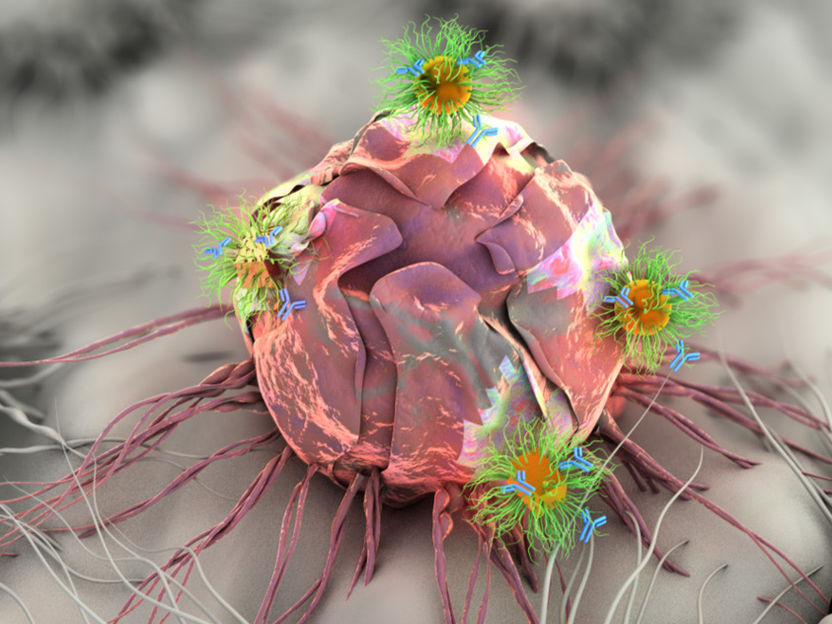
Patch delivers drug, gene, and light-based therapy to tumor sites
Men's_health
Laboratory_centrifuge
Basilea Announces Start of Phase III Program for Isavuconazole
Molecular farming fits need for fully functional protein therapeutics and low-cost Vaccines, says Frost & Sullivan
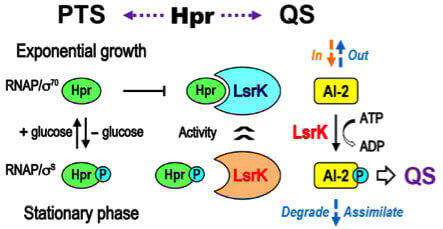
Link between bacteria metabolism and communication could pave way for new antivirulence drugs

Oncgnostics cooperates with the Medical University of Graz - Study on Head-and-Neck tumors aims to demonstrate that a diagnostic method can reliably and early detect malignant tumors using non-invasive saliva samples
Portopulmonary_hypertension
Zygosity
The Number of Biotechnology Companies has Only Decreased by 10% Despite the Crisis
